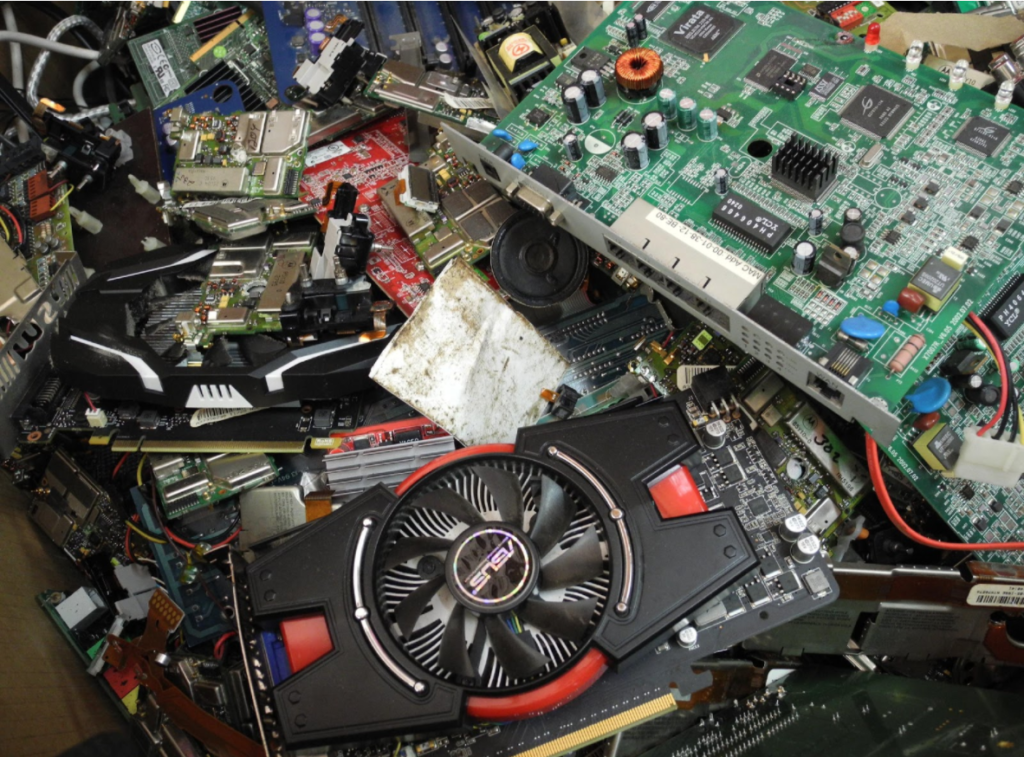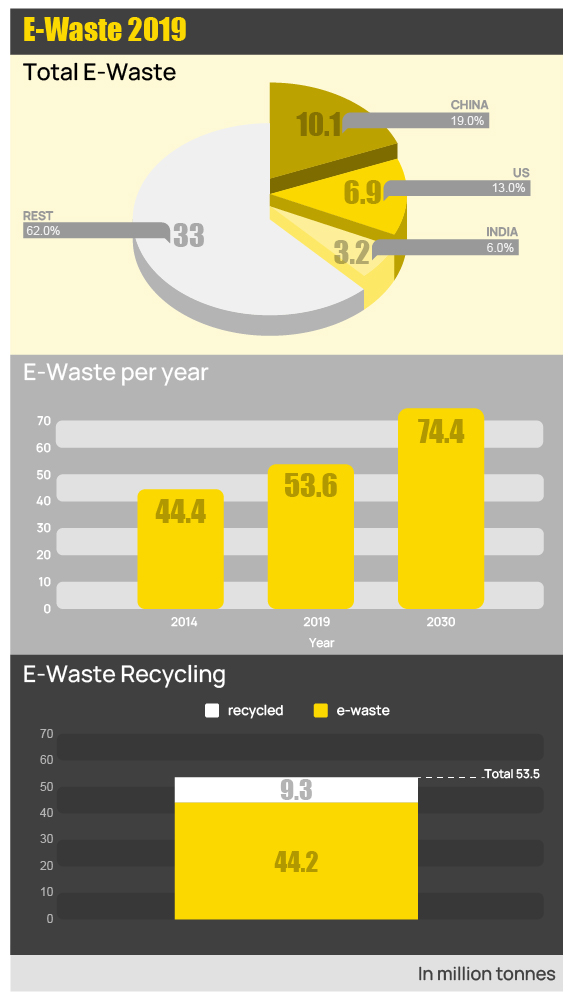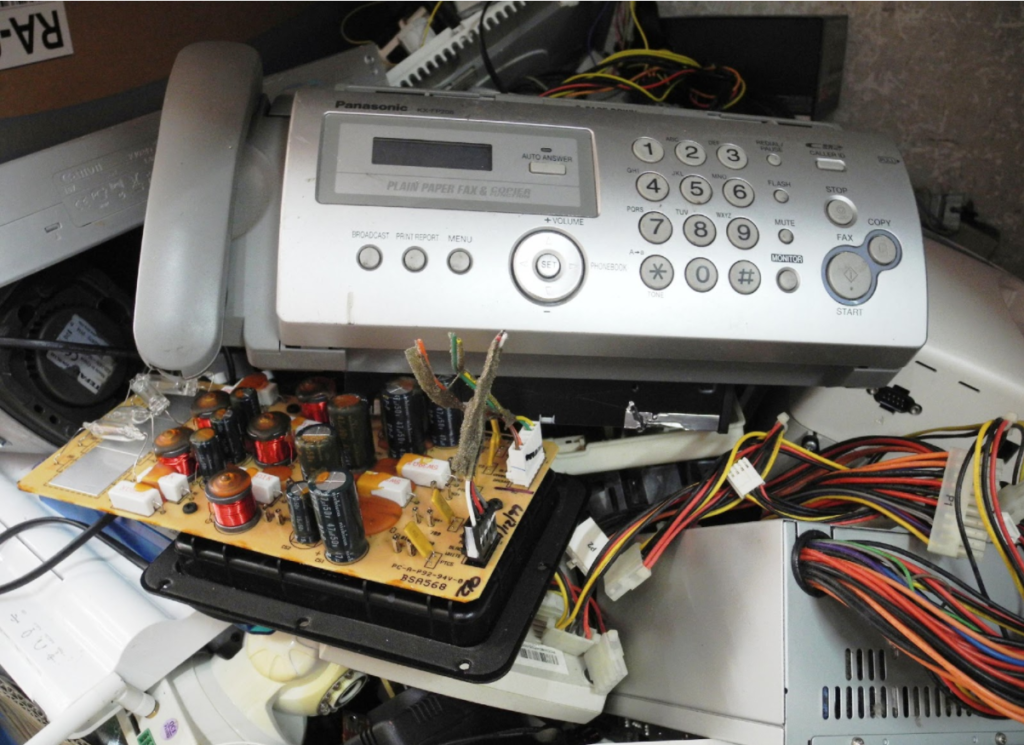Already pushed by consumer demand to be more click-and-buy than bricks-and-mortar, the retail industry has been forced to adapt again because of the pandemic. These are some of the technologies the trade is employing to entice shoppers back through their doors.

In many cities, shopping is a pastime; something to do at the weekends with the kids, friends or visitors from out of town. The new “C word” has knocked all this on the head.
The saying “you don’t know what you have until it’s gone” will resonate with those itching to walk around their favourite shopping mall but are instead bored mindless at home under lockdown.
In cities with fewer restrictions, where people can go shopping, they want to do so in a clean, safe environment where human contact is minimal and convenience is enhanced. Retailers have to provide this.
TOUCHLESS TECH
Contactless payment methods are hygienic and convenient for customers and also help businesses streamline their checkout process. Unsurprisingly it’s become the norm – much like hand sanitiser!
In the first quarter of 2020, MasterCard saw a 40% jump in touch-free payments globally. In April this year, Visa said that over 80% of in-store Visa payments in Europe were contactless.
Payment can also be made using smartphones and smartwatches that house NFC technology – a method of wireless data transfer that allows mobile devices and payment systems to communicate.
NFC-enabled smart rings have also taken off. UK-based brand McLear has RingPay, which doesn’t require charging. There’s also Token in the US and handfuls of others to grab online.
QR (Quick Response) codes provide yet another way to conduct fast touch-free settlement. They act like instant bank transfers; a retailer can scan the code on a customer’s smart device or the customer can use their smartphone to read the retailer’s.
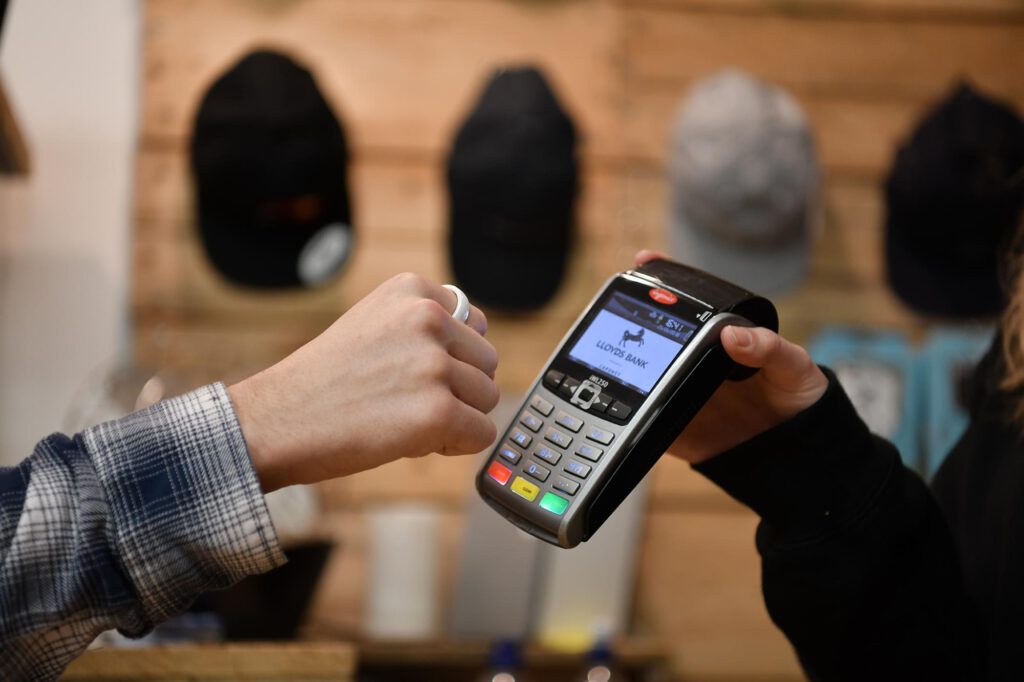
In the UK, retailer Marks & Spencer has an in-queue checkout system called Pay With Me, where staff look for customers with just a few items in their basket and use a handheld device to take contactless payment on the spot. This helps to shorten waiting times and queue lengths. Shoppers can also book a shopping slot online in advance.
Retailers now offer the option to place orders online, collect them in-store and pay through a touch-free, self-checkout – all of which requires no human contact at all.
In China, convenience store BingBox has gone unmanned in its thousands of outlets across the country. Customers scan a QR code on the WeChat app to enter a store. Once shopping is complete, contactless payment is self-made at self-checkout – which reads the RFID (radio frequency identification) tags on items – via WeChat or AliPay.
Amazon Go in America provides a similar experience with its Just Walk Out model, which uses computer vision, sensor fusion, and deep learning to automate payments and checkout.
GOING INTERACTIVE
The first Martell Boutique, which opened this year at the Sanya International Duty Free Shopping Complex in Hainan, houses a novel installation featuring Wave and Learn technology developed by digital solutions company, DITOC. Customers simply move their hand in front of parts of the installation and information about the brand’s products are shown on a digital screen.
Some retailers are using smart touchscreen vending machines to sell goods. Taiwan has seen an explosion of these in the last couple of years, mainly in convenience stores but also at train, metro and bus stations. As well as touch-free payment, the machines monitor their own inventories, provide retailers with real‑time sales data and run self‑diagnostics.
The retailer & Other Stories installed a tailor-made vending machine selling four of its fragrances in French department store, Galeries Lafayette Paris Haussmann. The brand is testing the machine’s data and success before taking it into other stores.
SMART MIRRORS & TRY-ON TECH
Smart mirrors harness a range of technologies – artificial intelligence (AI), augmented reality (AR), gesture and voice recognition, body imaging, 3D visualisation, facial recognition, RFID – to reflect new and hygienic ways to try before you buy.
The mirrors were making their way into physical fitting rooms long before the pandemic hit. Ralph Lauren placed interactive touch-screen mirrors that presented a range of options before trying on clothes in its New York City flagship store in 2015.
Since then in-store mirrors have become a more virtual experience, using AR to superimpose clothes over a scanned model of a shopper so they can try on clothes without undressing.
Virtual try-on technology for makeup and hair products has also evolved. Canadian company ModiFace, which specialises in AR and AI technology for the beauty industry, has been at the forefront of this.
ModiFace was bought by L’Oreal Paris in 2018 and its technology is now used by L’Oreal brands such as Maybelline, Lancôme, Yves Saint Laurent and Garnier.
Chanel’s new Lipscanner iPhone app is the first AI scanner that lets users take any image – of a photo, social media post, magazine or person – and find a match in its collection to try on.
Testing out products virtually saves consumers time in the real world because they know exactly what they want to buy before walking into a store – and with the data they provide during the try-on, so will the retailer.
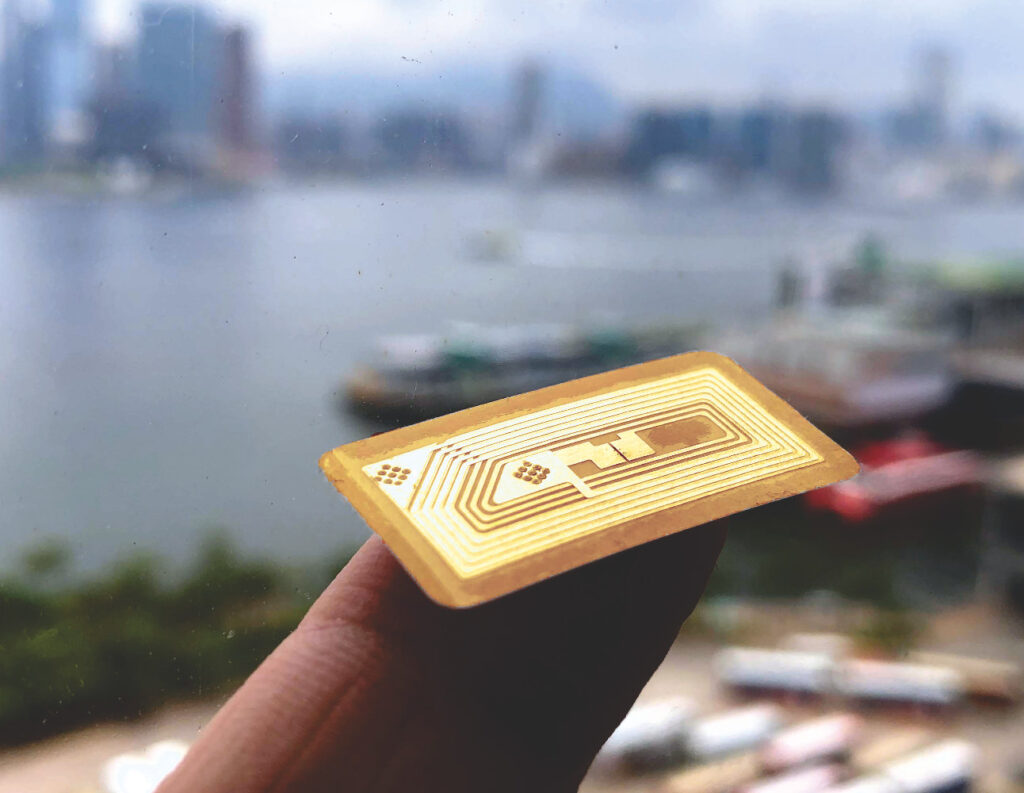
RFID AND NFC TECHNOLOGIES
RFID technology can greatly benefit retailers with inventory tracking. One example is British fashion brand River Island, who increased its stock accuracy from 70% to 98% across 280 stores and warehouses.
The system is not only a way for brands to track assets; it lets shoppers check online that items are in stock in-store. Marks & Spencer, Zara, H&M, Macy’s and many others use this technology.
Whereas RFID works from a distance, NFC (near-field communication) operates at a range of about 10 centimetres. The tech can be programmed with any sort of information and be embedded in most anything. It simply requires hardware and software to communicate.
Not all retailers have replaced price tags and shelf labels with NFC tags, but those that have open up a world of information to shoppers – brand history, product specifications, availability – as well as ways to engage with them.
While shifting consumer patterns, the rise of e-commerce and COVID-19 will undoubtedly continue to reshape the retail landscape, shopping is still rooted in human behaviour. Humans are social creatures who flourish in the company of others. Technology is a great addition to retail, but it will never replace the physical store experience.

